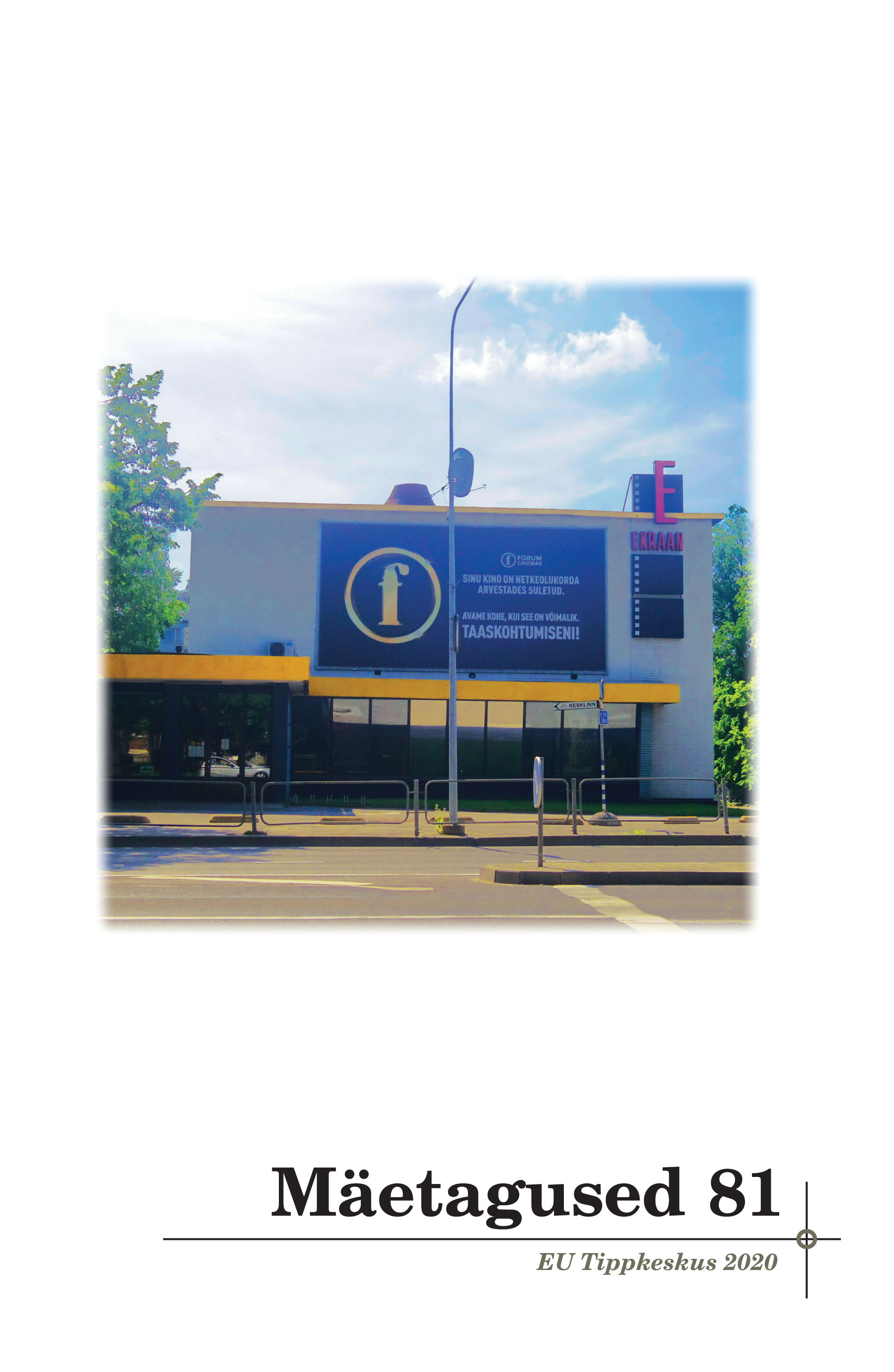Kaugõppe kujutamine COVID-19 pandeemia esimese laine meemides: huumor kui toimetulekuviis ja enesekaitsestrateegia
Representing distance learning in the memes of the first wave of the COVID-19 pandemic: Internet humour as a way of coping and self-defence
Author(s): Piret Voolaid Subject(s): Customs / Folklore, Cultural Anthropology / Ethnology, Culture and social structure , Theory of Communication, Distance learning / e-learning
Published by: Eesti Kirjandusmuuseum
Keywords: COVID-19; crisis management; distance learning; humour; memes; school lore; visual communication;
Summary/Abstract: Restrictions and special measures were imposed around the world to prevent the spread of the COVID-19 virus, one of the most important of which was certainly the reorganization of learning and work as a home-based activity. During the first wave of the COVID-19 pandemic, schools in Estonia remained closed from 16 March 2020 until the end of the schoolyear; further periods of countrywide distance learning were imposed also throughout the 2020/2021 schoolyear. The new way of life that accompanied the special situation was also reflected in widespread folklore, including internet memes. Defining memes as “(post)modern folklore” that expresses and shapes shared norms and values within communities, my article analyses the depiction of distance learning in Estonian memes, highlighting different points of view: the position of the students, the teachers, and the parents. The source data comes from the meme collection of the research archive of the Department of Folkloristics of the Estonian Literary Museum, which consists of more than 2,000 meme units collected during the crisis period. Some data were collected separately, for example, Tartu Variku School organized a meme competition “My distance learning” for the students of Tartu schools in April 2020 (541 memes). The comparative global collection (12,000 units) comes from the international project of corona folklore and -humour research “Humour during the global corona crisis” led by Giselinde Kuipers (Leuven Catholic University) and Mark Boukes (Amsterdam University); the project involves researchers from more than 30 countries. The study addresses the following questions: What local features emerge in distance learning memes that spread during the pandemic? How have students used other cultural resources in these memes (e.g. pop culture elements known from literature, cinema, music and other important cultural texts)? Whether and how these memes express, for example, family relationships (between children/youngsters and parents), school relationships (between students and teachers), what patterns of distance working are prevalent, etc. The meme material which has been inspired by distance learning is a fascinating contemporary subject that combines the challenging COVID-19 pandemic and distance learning as a characteristic feature of this period. Students who are the main creators of the memes regard the humorous memes about distance learning as a form of communication which offers an alternative and multifaceted perspective on this important method of learning during lockdown. The Estonian material is largely based on internationally known universal meme templates that have been adapted to the local language and cultural space. When investigating the social networks and universal motifs reflected in the memes, it is important to rely on the qualitative content analysis. It is worth noting that the subject of COVID-19 and the pandemic period are rarely explicitly mentioned in the memes. The egocentric or student-centred perspective that is characteristic of this specific material highlights the general attitudes and shared patterns that are based on opposition, which is typical of youth culture. The common pairs of opposition are me/classmates, student/teacher, and student/parent. The stereotypical roles reflected in the memes can be analysed figuratively via the ambivalent trickster figure, known from earlier folklore studies. Students are shown as cunning go-getters who use memes to discuss uncomfortable issues, mishaps, and problems. Stereotypically, the image of a teacher, but also that of a parent, is that of an authoritarian supervisor, a grade giver from the students’ perspective. This makes memes a highly important channel for schoolchildren to make their voice heard, either consciously or subconsciously. In the future, the material could be investigated in even greater detail from the aspect of youth language use and emotions, the interdisciplinary aspect, etc.
Journal: Mäetagused. Hüperajakiri
- Issue Year: 2021
- Issue No: 81
- Page Range: 19-44
- Page Count: 26
- Language: Estonian

